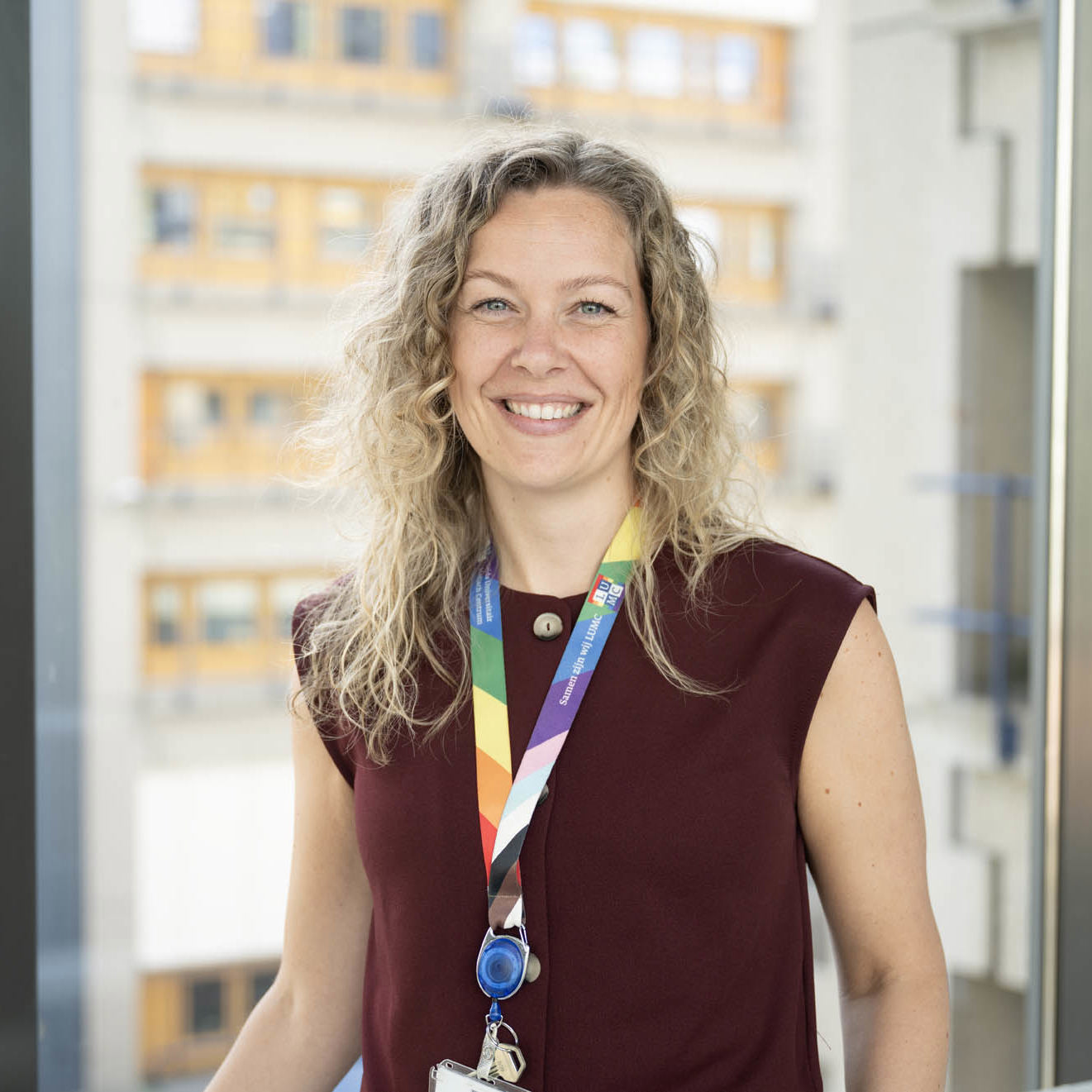Suzan van den Berg
&width=400&height=400)
“I am open to having conversations and I embrace everyone. It is precisely because we are different that we can learn and grow from each other.”
Since 2025, Suzan has been active within the LUMC Diversity Board. Her motivation arose after attending a Diversity and Inclusion training, where personal experiences were shared: “During this training, I realized what exclusion can mean. Often, a ‘one size fits all’ approach was taken, but that didn’t feel appropriate. I recognized a lot in the stories of others, which gave validation and touched me. When Diversity Officer Anne Verrips asked me to join the Diversity Board, it felt like a natural step for me to take.”
Within the Diversity Board, Suzan primarily strives to give a voice to nurse practitioners and, where possible, to caregivers and nurses of all educational levels, both vocational (MBO) and higher professional (HBO). During meetings, she provides updates and encourages colleagues to share their own experiences. “The responses are often very positive, and that gives energy. Diversity has so many different perspectives: language, culture, age, education, but also neurodiversity. That makes the work richer.”
How do you experience diversity and inclusion in your workplace?
For Suzan, it is important that everyone feels welcome and included. “I find it troubling when someone feels like they don’t belong. It is about giving each other space to be ourselves, without an ‘us versus them’ mentality. Together, we can start seeing things differently.”
In her daily work, she notices that inclusion often requires flexibility and adaptability. “We work with a fairly homogeneous patient group, but I am happy when I meet someone with a migration background or neurodiversity. That requires thinking along and letting go of automatic assumptions. Sometimes it means forming an all-female team for a study if a patient feels more comfortable with that. The most important thing is that patients and colleagues feel seen and welcome.”
A personal gesture through which Suzan expresses her inclusive attitude is her email signature. “I have consciously added my pronouns and a rainbow there. In this way, I want to invite colleagues to do the same, so that others feel welcome and see that there is room for diversity.”
What does the ideal inclusive workplace look like to you?
Suzan emphasizes that prejudices are human, but it is important how you deal with them. “Everyone has biases. It’s about being aware of them and not acting on them. We need to challenge ourselves to stay curious about each other and embrace differences, even if that hat sometimes requires patience.”
She also urges colleagues to actively support each other. “If you notice someone being excluded, speak up. Together we are the ambassadors of inclusion and equality. Only then can we truly create a culture where everyone feels safe.”